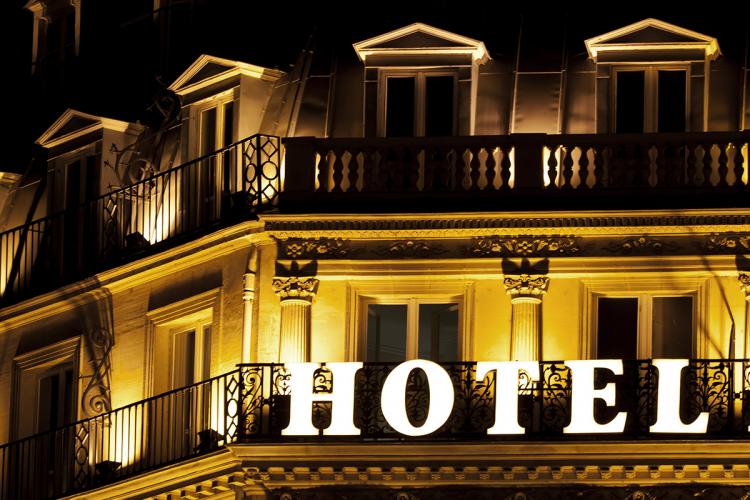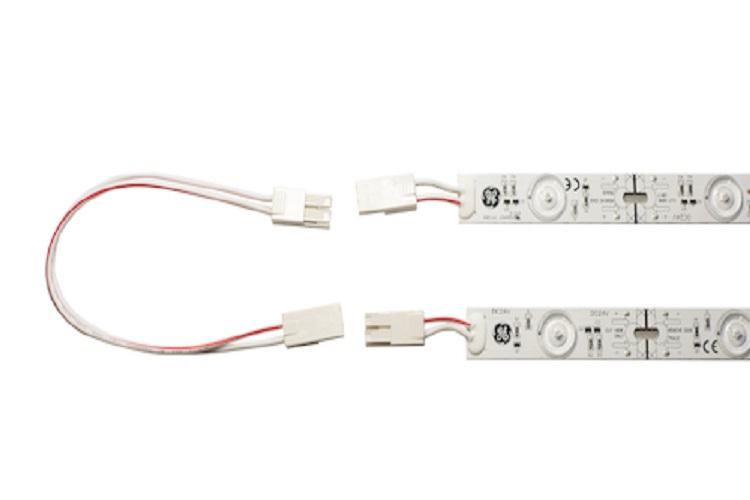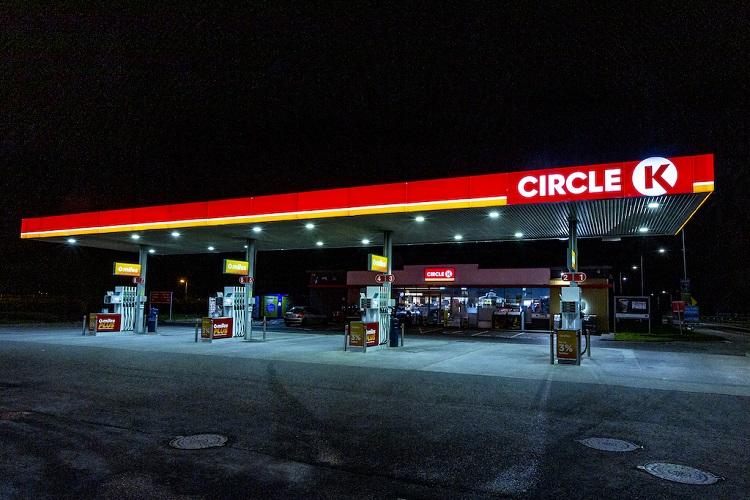4 Key Considerations in a Brand Signage Project
4 Key Considerations in a Brand Signage Project
4 Key Considerations in a Brand Signage Project
A business’s signage is an integral part of its marketing and brand identity. Whether you are beckoning customers to visit a store for the first time, rebranding your company as part of a renewed marketing effort, or maintaining a consistent experience for employees and visitors, the signs you use can have a major impact on your efforts.
From channel letters to box signs, the exterior lighting you select portrays the spirit of your business. A study commissioned by FedEx found that approximately 68% of consumers believe that a company’s signage reflects its product or service quality. Another survey from the University of Cincinnati for the Signage Foundation, Inc. reported that about 60% of businesses saw a positive impact on sales when enhancing the visibility of or updating their brand signage.
But upgrading sign lighting systems is a delicate balance between brand guidelines, costs and quality. Here are four considerations that must be top of mind when looking at brand signage options.
1. Brand Alignment
Exterior signage and channels letters should precisely and accurately reflect the branding of a business. This includes the materials within a single location (both inside a building and outside) as well as across multiple offices or franchises. Are you following the specific guidelines set by headquarters, including the correct Pantone colors, acceptable logo usage and quality standards? Are you upgrading one location without confirmation that the brand isn’t rolling out an update in the near future?
2. Upfront Costs
Signage can be a significant investment, particularly if a brand is looking to refresh its look across locations. Collaboration—between procurement and marketing teams, sign makers, signage product providers and anyone else involved—is essential to ensure costs are kept to a minimum and efforts are not duplicated.
3. Ongoing Costs
While the initial costs of exterior signage may fall on marketing or corporate teams, the ongoing upkeep, in addition to the electricity required to run the sign, likely belongs to maintenance and facilities teams. Investing in LED signage can defray some of these costs by reducing the energy needed to illuminate the signs. Another benefit of LEDs is their long life, which means fewer replacements and less maintenance for outdoor signage. This is a huge savings opportunity for most businesses—not only are you paying for fewer manhours spent on sign maintenance, but you are also eliminating much of the risk associated with accessing exterior signage, which is often affixed to roofs or high up on buildings.
4. Sustainability Initiatives
Potential customers and employees are paying attention to how seriously your brand takes its corporate responsibility. This includes a commitment to achieving sustainability goals and doing your part to address climate change. Any investments in signage are an extension of existing sustainability initiatives: Are you choosing energy-efficient LED lighting? Have you investigated responsible and sustainable partners? Are you reducing waste? It’s critical to consider these questions at the outset and act accordingly; making environmentally conscious decisions during any signage project should please consumers and stakeholders while also reducing your carbon footprint as well as ongoing utility costs for the business.
Brand signage projects will need to take these four ideas into account, but there are many other factors that will influence signage decisions. To learn more about this process from start to finish, download the whitepaper, “Following the Signs: Brand and the Bottom Line.” It covers everything from the tremendous impact signage can have on a company and its initiatives to the questions you need to be asking in your search for the right signage partner.






